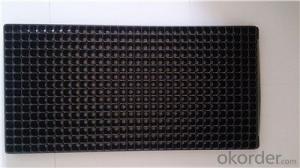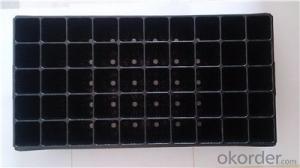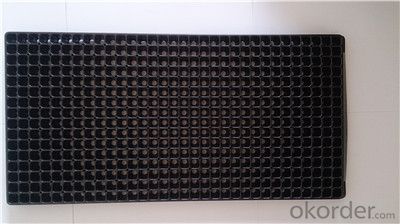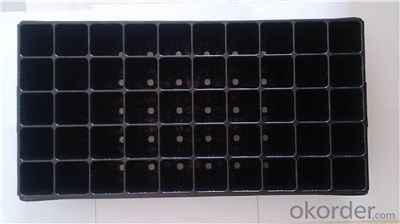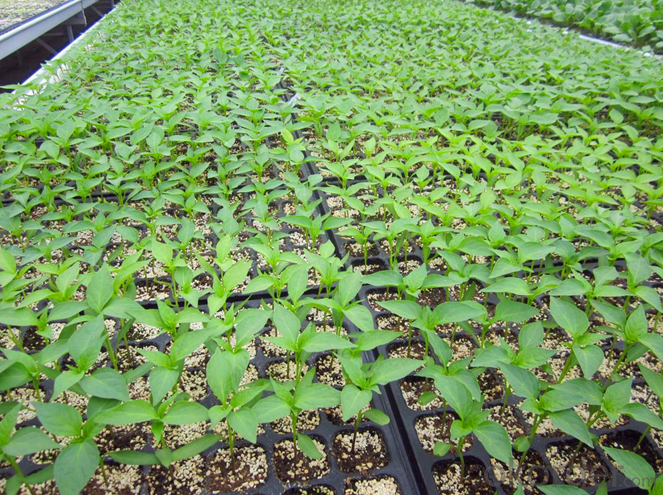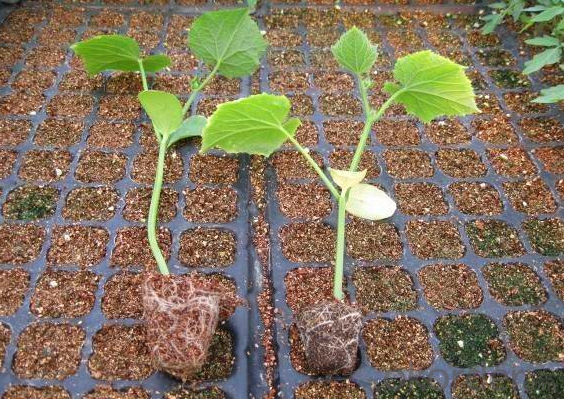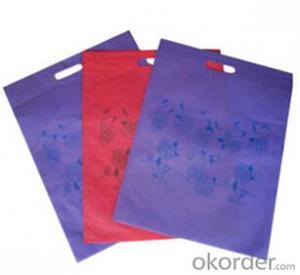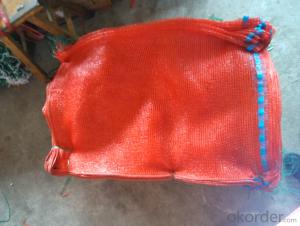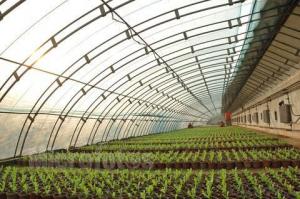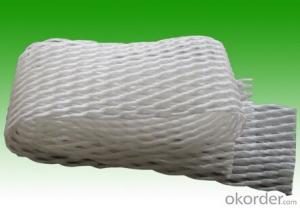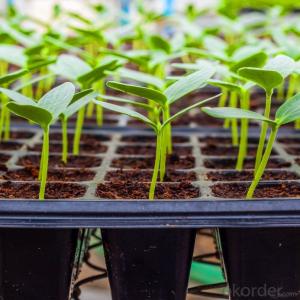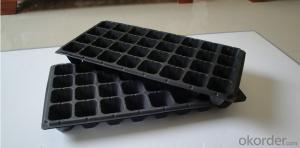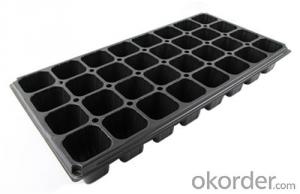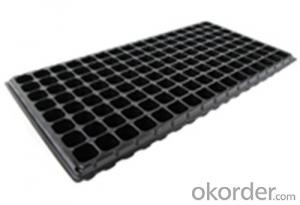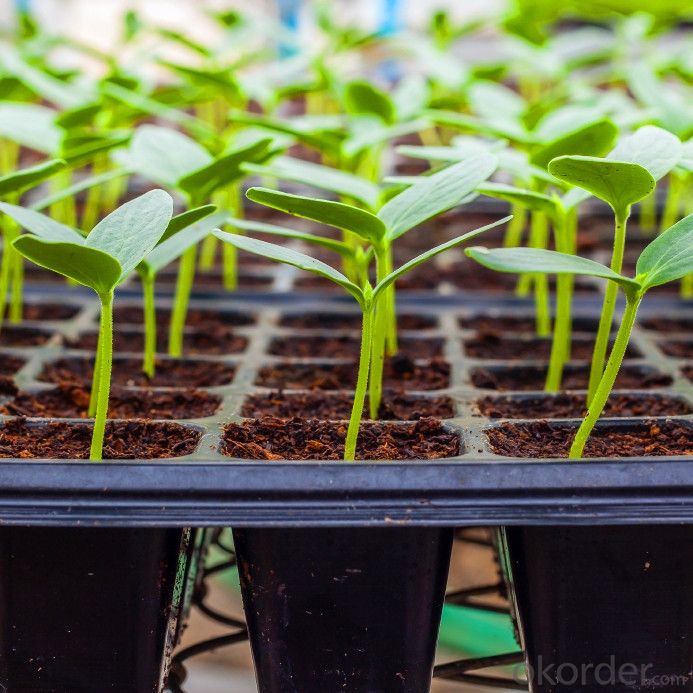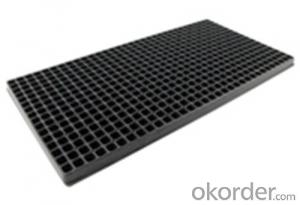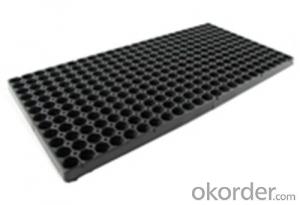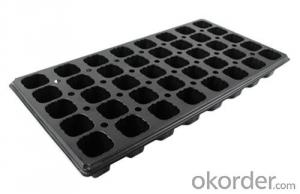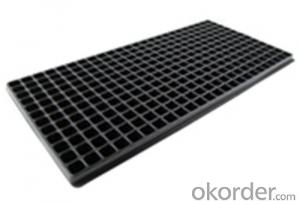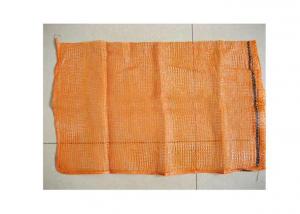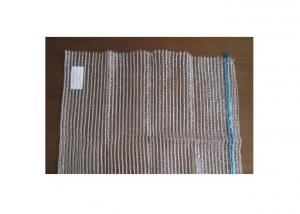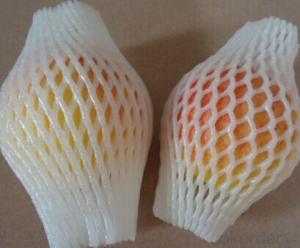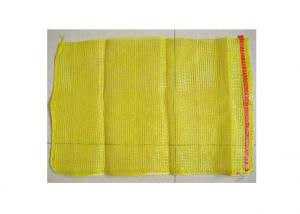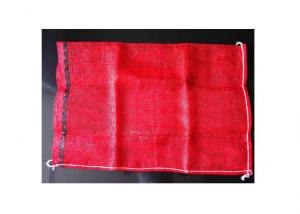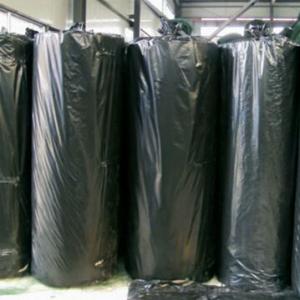Nursery Plug Trays/Plant Seed Plastic Growing Trays Plug Tray
- Loading Port:
- China main port
- Payment Terms:
- TT OR LC
- Min Order Qty:
- 1000 pc
- Supply Capability:
- 10000000 pc/month
OKorder Service Pledge
OKorder Financial Service
You Might Also Like
Structure of the seed tray: · Top quality and competitive price. · Variety design and good appearance. · Easy to use, and remove. · Durable and reusable. · Eco-Friendly.
Advantages: · Top quality and competitive price. · Variety design and good appearance. · Easy to use, and remove. · Durable and reusable. · Eco-Friendly.
Application: · Ideal for Starting seeds and Transplanting Seedling. · Suitable for both manual and automatic planting. · Suitable for Propagating Vegetables, Flowers and other plant from seed · in green-house or indoors.
Description Main Features of the seed tray: · Ideal for Starting seeds and Transplanting Seedling. · Suitable for both manual and automatic planting. · Suitable for Propagating Vegetables, Flowers and other plant from seed in green-house or indoors. Using time: · thickness of 0.5mm can be used 1 to 2 times. · thickness of 0.6mm can be used 3 to 4 times. · thickness of 0.7mm can be used 5 to 6 times. · thickness of 0.8mm can be used 7 to 8 times. · thickness of 0.9mm can be used 8 to 9 times. · thickness of 1.0mm can be used 8 to 10 times. Thickness vs. Weight: · Thickness of trays are from 0.5mm to 1.0mm. · 1.0mm: 155g±5g; 100pcs/ctn. · 0.9mm: 140g±5g; 120pcs/ctn. · 0.7mm: 110g±5g; 150pcs/ctn. · 0.6mm: 95g±5g; 180pcs/ctn. · 0.5mm: 80g±5g; 200pcs/ctn.
Seed Tray Specification: Materialps/pvcThickness0.5mm-1.5mm, standard:1mmWeight80g(±5)g-230g(±5)g, Standard weight:155g(±5)gSizelength:490mm-540mm, width:190mm-345mm,depth:25mm-150mm Standard:54mmX28mmCell count18-512Packagein cartonUsing time8-10 times
FAQ: Q:How Can I Get A Sample? A:You can get samples by communicate with our export sales. Q:How Long Is Delivery? A:Delivery time will be 7-25 days according to order quantity. Q:What Is The MOQ? A:Our MOQ is 1*20FT container quantity, allow to mix several items. Q:What Is Our Normal Payments Terms? A:Our normal payment terms now is T/T, L/C or Western Union,Papal. Q:How Do I Order Your Products? A:You can check our website for any items you interest and you can also get communication with our export sales and order for it accordingly. Q:What Kinds Of Material We Use In Our Product? A:Our plastic flower pots use material such as PP polymer or PE polymer.
|
- Q: What are some popular types of ground cover?
- Some popular types of ground cover include grass, moss, clover, ivy, and creeping thyme.
- Q: How do you prevent root rot in nursery trays?
- To prevent root rot in nursery trays, it is important to ensure proper drainage by using well-draining soil or adding perlite or sand to the soil mix. Avoid overwatering the trays and allow the soil to dry out slightly between waterings. Additionally, providing good air circulation by spacing the trays appropriately and avoiding overcrowding can help prevent the development of root rot. Regularly inspecting the trays for any signs of disease or rot and promptly removing affected plants can also help prevent the spread of root rot in nursery trays.
- Q: I have always been told that plastic is a product of petroleum! How in the heck does oil become the solid plastic used in everything?
- All plastics are polymers. Polymers are made up of thousands of monomer units - the simplest is polyethylene, which is just a long chain of -CH2- groups. They're said to be made from petroleum because you have to have a carbon source in the first place to make the polymers. Many organic compounds are derived from petroleum, because it's far easier to refine petroleum than it is to modify elemental carbon
- Q: My boyfriend does this all the time, but I always imagine that plastic chemicals are beening zapped into my food. I've never actually read anything to support the idea that microwaving plastic is bad. Anyone have the info? Is my gut correct or is microwaving plastic wrap just fine?
- If it states on the wrap or plastic container that it is microwavable, then it is fine. If not, do not use it in the microwave. There are two basic kinds of plastic. Thermosetting plastics are the type of plastics that cannot be re-melted and reformed. Once formed into an object, they stay in that state--similar to how once an egg is fried, you cannot make it back into a raw egg again. The other kinds of plastics are Thermoplastics. These can be remelted and used again. This kind of plastic is recyclable. It is similar to how you can take a small cup of water and freeze it into an ice cube. Then melt it and pour it into another form and re-freeze. Anyway, since thermoplastics can be remelted and reformed, they change when heated and emit chemicals into the food. This is why you should never. ever use things like butter containers in the microwave. The chemicals will seep into your food. Only use plastics that specifically say they are microwavable.
- Q: Are nursery trays suitable for growing aquatic fruits?
- No, nursery trays are not suitable for growing aquatic fruits as they are designed for terrestrial plants and lack the necessary features for water-based cultivation.
- Q: What about the other types like #5(microwave TV dinner trays) plastic toys and such.Why not those?
- Plastics okorder to see if there are any recycling facilities that will accept other plastics. I focus on Reduce I avoid excess packaging as well as processed foods. I have found that eating real food dramatically reduces my waste.
- Q: And why is the container my butter comes in made of recyclable plastic, but the container the yogurt is made of non-recyclable plastic?
- plastic lids are usually thicker plastic than the container is. like milk jugs and pop bottles are a much thinner plastic than detergent bottles are and can be recycled. it takes much more energy to recycle them. all plastic is not made of the same components. it depends what they are made of. if you look on the bottom of the container and there is a number there, that tells you , and the recycler, if the item can be recycled. no number, no recycle.
- Q: This question asks about the methods employed by farmers to handle and dispose of plastic waste generated from agricultural activities.
- <p>Farmers dispose of used agricultural plastic products through various methods including recycling, composting, and controlled landfilling. Recycled plastics can be repurposed into new products, reducing the need for raw materials. Composting is less common for plastics due to their non-biodegradable nature, but some biodegradable plastics are composted. Controlled landfilling is practiced to prevent environmental contamination. Additionally, some farmers use mechanical or thermal processes to break down plastics into smaller particles or energy. Proper disposal is crucial to minimize the environmental impact of plastic waste.</p>
- Q: Do nursery trays come with a water reservoir?
- No, nursery trays typically do not come with a water reservoir.
- Q: How do agricultural plastic products help with crop drying?
- Agricultural plastic products, such as plastic mulch and greenhouse covers, help with crop drying by creating a controlled environment that accelerates the drying process. These products minimize moisture absorption from the ground and protect the crops from external elements like rain and dew, allowing them to dry faster and more efficiently.
Send your message to us
Nursery Plug Trays/Plant Seed Plastic Growing Trays Plug Tray
- Loading Port:
- China main port
- Payment Terms:
- TT OR LC
- Min Order Qty:
- 1000 pc
- Supply Capability:
- 10000000 pc/month
OKorder Service Pledge
OKorder Financial Service
Similar products
Hot products
Hot Searches
Related keywords
